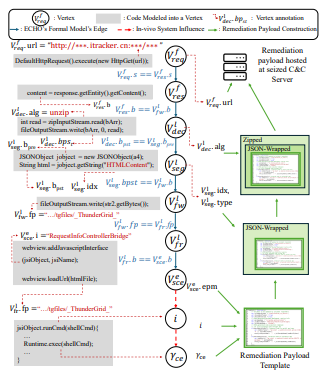2025-04-24 カリフォルニア工科大学 (Caltech)

The SMSPDs can precisely detect single particles at a time. The detectors were designed and fabricated at JPL and commissioned at the INQNET-Caltech labs.Credit: Cristián Peña, Fermilab
<関連情報>
- https://www.caltech.edu/about/news/quantum-sensors-tested-for-next-generation-particle-physics-experiments
- https://iopscience.iop.org/article/10.1088/1748-0221/20/03/P03001
大面積超伝導マイクロワイヤーアレイによる高エネルギー粒子検出 High energy particle detection with large area superconducting microwire array
Cristián Peña, Christina Wang, Si Xie, Adolf Bornheim, Matías Barría, Claudio San Martín, Valentina Vega, Artur Apresyan, Emanuel Knehr, Boris Korzh,…
Journal of Instrumentation Published: 4 March 2025
DOI:10.1088/1748-0221/20/03/P03001
Abstract
We present the first detailed study of an 8-channel 2×2 mm2 WSi superconducting microwire single photon detector (SMSPD) array exposed to 120 GeV proton beam and 8 GeV electron and pion beam at the Fermilab Test Beam Facility. The SMSPD detection efficiency was measured for the first time for protons, electrons, and pions, enabled by the use of a silicon tracking telescope that provided precise spatial resolution of 30 μm for 120 GeV protons and 130 μm for 8 GeV electrons and pions. The result demonstrated consistent detection efficiency across pixels and at different bias currents. Time resolution of 1.15 ns was measured for the first time for SMSPD with proton, electron, and pions, enabled by the use of an MCP-PMT which provided a ps-level reference time stamp. The results presented is the first step towards developing SMSPD array systems optimized for high energy particle detection and identification for future accelerator-based experiments.



